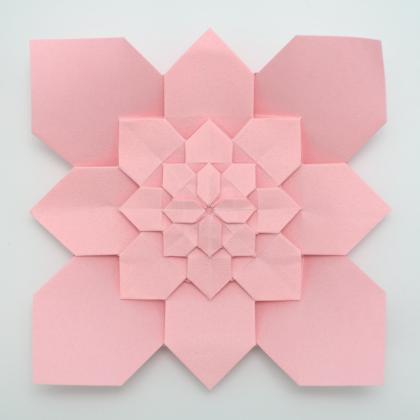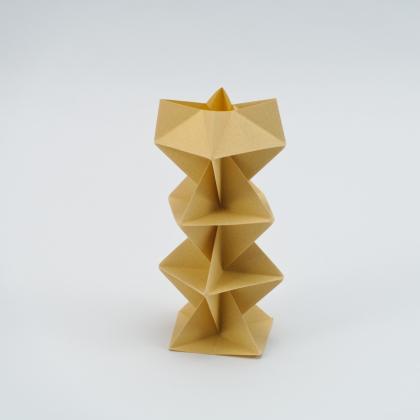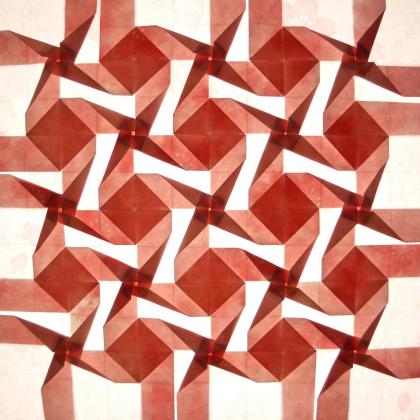Primary tabs
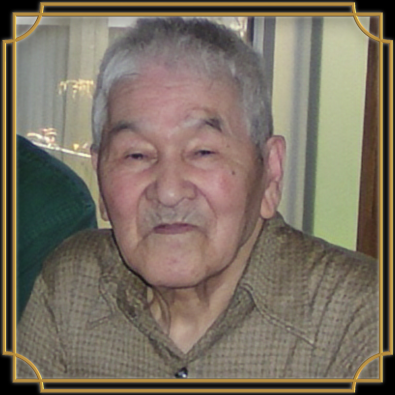
Shuzo Fujimoto
Japanese
Tamba-Sasayama, Hyogo
Japan
Summary
Shuzo Fujimoto (藤本修三 Fujimoto Shūzō; October 27th, 1922 – July 28th, 2015) was a Japanese origami creator whose main focus was geometric origami. He is considered one of the pioneers of origami tessellations and is probably best known for his recursive Hydrangea model.
Life, Major Achievements and Contribution to the Origami World
Born in Osaka on October 27th, 1922, Shuzo Fujimoto was orphaned by his father in 1933, and in 1934 (his 5th grade), he and his mother and sisters moved to Sasayama in the Tamba area (Hyogo prefecture) to live in the countryside house of his grandparents who had passed away before his father. He was a student at Homei High School (currently, Sasayama-Homei High School) and graduated from the Department of Applied Chemistry at Hamamatsu College of Technology (currently: Shizuoka University School of Engineering) in 1943. He fought in World War II, and after returning home, worked for the chemical/pharmaceutical company Ueno Seiyaku (this may be the predecessor of modern-day Ueno Fine Chemicals Industry company). After a few years, he became a teacher at Sasayama-Homei High School where he had studied before. Later, he was a science teacher (with chemistry as his main subject) at Sasayama-Homei high school for many years. After that, he worked at a number of high schools as a full-time or part-time teacher (the list includes Hyogo Prefectural Arima High School (full-time), Miki High School (full-time, later probably part-time), and Sasayama Sangyo High School (part-time work after he retired)). He married in 1951, and he and his wife Misa had two children: a daughter and a son. Fujimoto developed his origami originally as teaching help — in particular this is where his modular works which resemble crystal lattices came from. As a by-product of this work, he came up with twist-folds which are now a staple of origami tessellations. His interest in origami developed over the years, leading him to create hundreds of models, publishing several books starting from 1976 (see below for full list) and getting in touch with the international origami community, mostly through the exchange of letters. After 2002, due to health problems, he stopped creating, but still received letters, and sometimes visits, from other origamists. After the death of his wife in 2009, Shuzo Fujimoto lived alone in his house, and moved to a care home in Minoh City (Osaka Prefecture) in March 2013. He died on July 28th, 2015, and was buried in Sasayama.Shuzo Fujimoto can be described as an engineering-type of origami designer, and directly stated how his background in chemistry got him started and later influenced his origami work. Many of his designs were intended as teaching aids, representing structures of various crystals and simple geometric shapes. He seems to not have paid much attention to the artistic side of folding, for example to the paper used, or to the fate of his models. People who met him report that he often folded from random pieces of paper found around the house, including pages from magazines. Fujimoto’s designs often use rectangular, quite often A4 (1:√2) paper, which he found more practical and easier to obtain than squares.
Major Contribution
Fujimoto himself considered his invention of a construction for an equilateral triangle (around 1967) a turning point in his origami career. Indeed, he was among the pioneers of using triangle/hex grids which later became a staple of the origami tessellation genre, which he was one of the first to pursue. He published dozens of star designs, most based on a hexagonal sheet of paper and closely related to tessellations.
Apart from specific models, Fujimoto devised many useful geometric constructions which can be used in many different models, not only his own. The iterative method of dividing paper into thirds or fifths is often used by folders not even aware of the method’s inventor. A construction much less known which Fujimoto himself considered significant is the near-equal division method which divides the sheet into two segments, of n and n+1 units, respectively. His construction methods for regular polygons allowed him to create a wide variety of origami models.
Among specific models, the Fujimoto Cube and the Apple seem to have been best-known during Fujimoto’s early career. In the early 21st century, as tessellations gained popularity, his Hydrangea and Clover Folding (along with countless variants), first published in Oru Magazine 4 in 1994, became most recognizable.
Shuzo Fujimoto seems to not have had much in-person exchange with other origami designers, though some, including David Brill, Tomoko Fuse, Kunihiko Kasahara, Robert Lang, Makoto Yamaguchi, Chris Palmer and Thoki Yenn visited him in Sasayama. He corresponded with a number of origamists, including David Brill, Thoki Yenn, Toshikazu Kawasaki, Fumiaki Fujita (Humiaki Huzita), Tomoko Fuse, Koji Fushimi, Shin Yamaguchi, Kunihiko Kasahara, David Lister, David Petty, Francis Ow and Nick Robinson. In 1979 he got in touch with the British Origami Society (BOS), which seems to have been his main contact point in the West and a starting point for many of the above-mentioned contacts. In 1988 he traveled to the Italian origami convention, an important event he recalled even many years later. Always brimming with ideas and working outside mainstream origami trends of his time, he developed a unique style which at the time was quite unlike anyone else’s.
Exhibitions
- Multiple exhibitions organized by NOA (Nippon (Japan) Origami Association), starting from 1976
- Exhibition staged by the BOS in Birmingham in 1979 (described in BOS Magazine #91 in the article Twists Pleats and Beams of Light and mentioned in Shuzo Fujimoto: An Appreciation in BOS Magazine #298)
- His star CFW 133 was shown at an exhibition in Case de Cultura de Zamora in 1980/81 along with other designers’ works
- Origami for Pinocchio, organized by CDO, 1983
Awards
- Third prize in competition Origami for Pinocchio, organized by CDO, 1983
- Won a contest organized by MFPP, France, 1989
Authored by Michał Kosmulski
Portrait image by Robert Lang, taken in 2006
Catalog of Fujimoto’s Works (CFW)
The catalog attempts to gather as complete a list of models designed by Shuzo Fujimoto as possible. It also assigns each listed model a unique identifier (the CFW number) which makes it easy to discuss even designs that have ambiguous names or that Fujimoto did not name at all. The catalog is currently available as a Google Docs spreadsheet.
External links:
 Solid Origami (立体折り紙, Rittai origami)
By: ShuzoFujimoto
Solid Origami (立体折り紙, Rittai origami)
By: ShuzoFujimoto
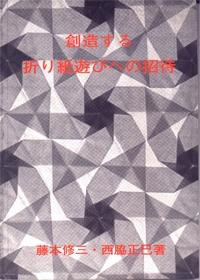 Invitation to Creative Playing with Origami (創造する折り紙遊びへの招待, Sozo Suru Origami Asobi eno Shotai)
By: ShuzoFujimoto
Invitation to Creative Playing with Origami (創造する折り紙遊びへの招待, Sozo Suru Origami Asobi eno Shotai)
By: ShuzoFujimoto
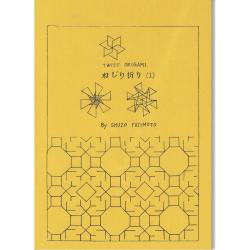 Twist Origami 1 (ねじり折り 1)
By: ShuzoFujimoto
Twist Origami 1 (ねじり折り 1)
By: ShuzoFujimoto
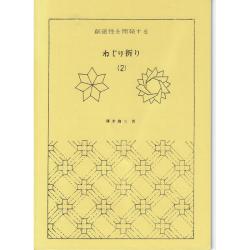 Twist Origami 2 (ねじり折り 2)
By: ShuzoFujimoto
Twist Origami 2 (ねじり折り 2)
By: ShuzoFujimoto
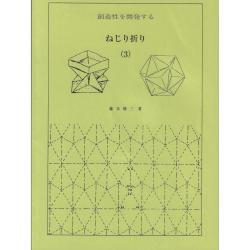 Twist Origami 3 (ねじり折り3)
By: ShuzoFujimoto
Twist Origami 3 (ねじり折り3)
By: ShuzoFujimoto
 Folding Origami Hydrangea (おりがみ あじ さい折り, Origami Ajisaiori: Fujimoto Shūzō Wārudo)
By: ShuzoFujimoto
Folding Origami Hydrangea (おりがみ あじ さい折り, Origami Ajisaiori: Fujimoto Shūzō Wārudo)
By: ShuzoFujimoto
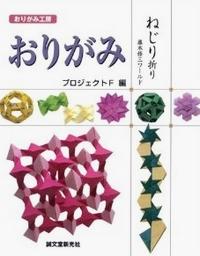 Twist Folds (ねじり折り)
By: ShuzoFujimoto
Twist Folds (ねじり折り)
By: ShuzoFujimoto
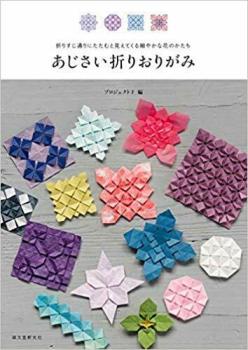 Hydrangea folding (あじ さい折りおりがみ)
By: ShuzoFujimoto
Hydrangea folding (あじ さい折りおりがみ)
By: ShuzoFujimoto
Test Video
Integer posuere erat a ante venenatis dapibus posuere velit aliquet. Maecenas faucibus mollis interdum. Aenean eu leo quam. Pellentesque ornare sem lacinia quam venenatis vestibulum.
Another Video
Aenean lacinia bibendum nulla sed consectetur. Maecenas faucibus mollis interdum. Etiam porta sem malesuada magna mollis euismod. Morbi leo risus, porta ac consectetur ac, vestibulum at eros. Cum sociis natoque penatibus et magnis dis parturient montes, nascetur ridiculus mus. Donec id elit non mi porta gravida at eget metus.
